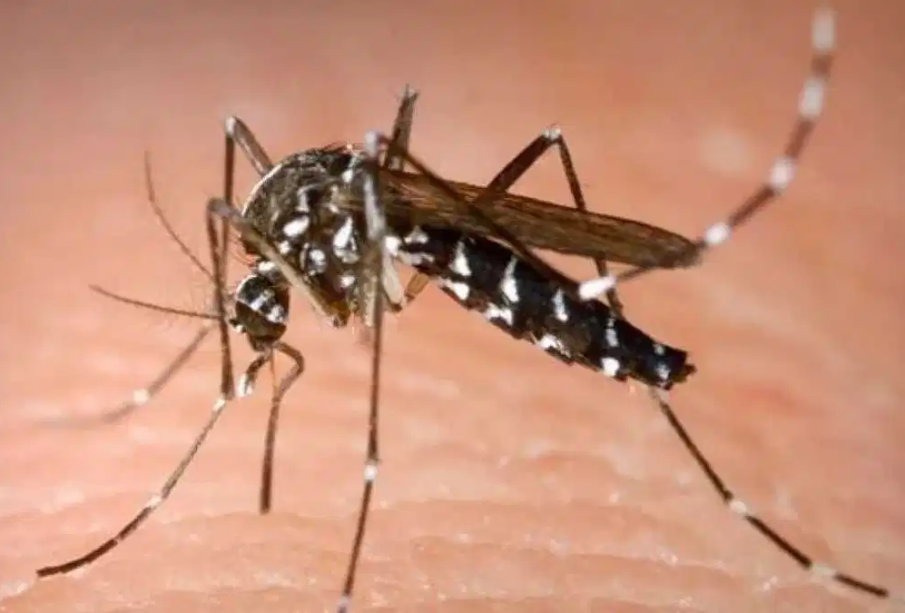Understanding Dengue Fever: Current Trends and Prevention

Introduction to Dengue Fever
Dengue fever, a mosquito-borne tropical disease caused by the dengue virus, has become a significant public health concern in many parts of the world. With rising global temperatures and urbanisation, the incidence of dengue fever has surged, affecting millions of people annually. The World Health Organization (WHO) reports that the number of dengue cases has increased dramatically over the past few decades, underscoring the urgent need for effective prevention and control measures.
Current Trends in Dengue Fever Cases
As of October 2023, several countries, particularly in Southeast Asia and Latin America, are facing outbreaks. Recently, the Philippines reported an alarming rise in dengue cases, with over 50,000 infections recorded in the first nine months of the year alone. This nearly triples the numbers recorded during the same period in 2022. Similarly, Brazil has also seen a spike in dengue incidents, prompting health officials to increase their vector control efforts.
The dengue virus is transmitted to humans through the bites of infected Aedes mosquitoes, primarily Aedes aegypti. Factors contributing to the uptick in cases include increased rainfall, which creates ideal breeding conditions for mosquitoes, and human behaviours such as inadequate waste management and lack of awareness regarding prevention methods.
Prevention and Response Strategies
Health authorities across affected regions are implementing various strategies to combat dengue fever. Educational campaigns to raise awareness about prevention—such as eliminating stagnant water where mosquitoes breed, using mosquito repellent, and wearing protective clothing—are being prioritised. Additionally, community engagement plays a critical role as local residents are encouraged to participate in clean-up activities to reduce mosquito habitats.
In recent years, advancements in vaccine development have shown promise. The introduction of the dengue vaccine, Dengvaxia, in several countries has provided a tool for prevention, although its use is advised only for those who have had prior dengue infections due to safety considerations. Ongoing research is looking into more effective vaccines that can offer broader protection.
Conclusion: The Future of Dengue Fever Control
As climate change continues to impact global weather patterns, managing dengue fever will require adaptive approaches in both health policy and community practices. The WHO emphasizes the need for strengthened surveillance systems, research into new preventive measures, and international collaboration to control the spread of the disease. For individuals, staying informed and adhering to preventive measures will be essential in reducing the risk of dengue fever in the coming years. With cooperative efforts and consistent public health strategies, we can aim to mitigate the impact of this emerging health challenge.





